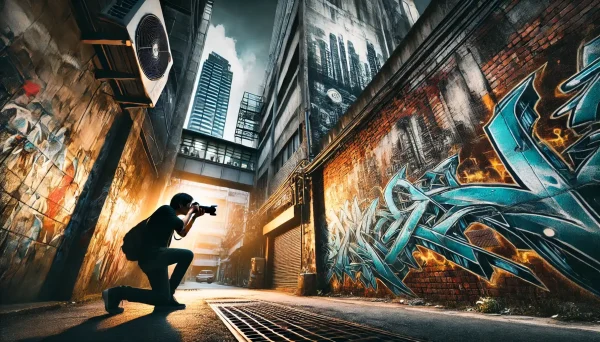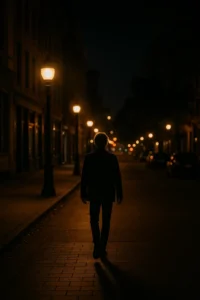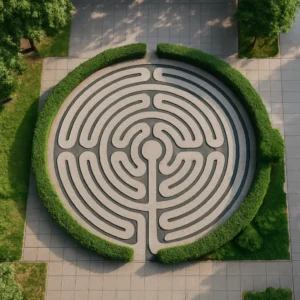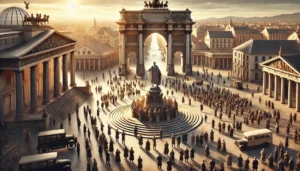Urban exploration and photography go hand in hand. Whether you’re wandering through graffiti-covered alleys, discovering forgotten buildings, or observing the quiet drama of city life, the streets offer a raw, unscripted canvas. Capturing these moments takes more than a camera—it requires vision, timing, and an appreciation for the stories etched into every wall and shadow. Here are practical tips to help you elevate your urban photography while respecting the spaces and people that bring cities to life.
Scout with Purpose
Great urban shots begin with intentional exploration. Before heading out, research locations that reflect what you want to capture—be it architecture, street art, abandoned spaces, or candid street life. Use maps, photography forums, and social media to find inspiring spots, but also leave room for spontaneous discoveries. Walk slowly. Observe everything. Often, the best frames come from places most people overlook.
Use Natural Light to Your Advantage
Urban lighting can be tricky but rewarding. Early morning and late afternoon (the golden hours) provide soft, warm light that adds texture and mood. At night, city lights create dramatic contrasts, colorful reflections, and mysterious shadows. Embrace harsh light too—it can highlight the gritty reality of an urban setting. Avoid using flash unless it’s for creative effect, and instead work with what the city gives you.
Composition is Key
Strong composition turns an ordinary scene into a powerful image. Use techniques like leading lines, symmetry, framing, and negative space to guide the viewer’s eye. Urban environments are full of shapes and patterns—doors, windows, staircases, and alleyways all create natural geometry. Experiment with angles: shoot from low to emphasize height or from above to create a sense of scale.
Include Human Elements
While empty spaces can be hauntingly beautiful, adding people to your frame brings life, context, and emotion. A lone figure in a decaying building or someone crossing a graffiti-filled street can tell a powerful story. Candid moments—people waiting, moving, interacting—capture the rhythm of the city. Always be respectful when photographing strangers, and if needed, ask for permission.
Capture Decay with Intention
Abandoned buildings and worn structures are rich in texture and history. Rust, peeling paint, broken windows—all these elements evoke emotion and nostalgia. Look for the contrast between nature and human-made structures: vines through concrete, light breaking through boarded windows. Be cautious and never enter dangerous or restricted areas just for a photo. Safety and respect come first.
Tell a Story Through Series
Rather than focusing on a single shot, consider building a photo series that explores a theme. It could be “The Colors of a Forgotten District,” “Doors of the Old Town,” or “Life at Night in the City.” A series gives depth to your work and allows you to document the layers of urban experience, from quiet corners to chaotic intersections.
Edit Thoughtfully
Post-processing can enhance mood, correct lighting, and bring out the details your eyes saw in real time. Use editing tools to adjust contrast, shadows, and tones—but avoid over-editing. Urban photography thrives on authenticity. Let the grit and imperfection show. Preserving the atmosphere of the moment often speaks louder than flawless images.
Gear Doesn’t Define Your Art
While DSLR and mirrorless cameras offer flexibility, your smartphone can be just as powerful if you know how to use it. What matters most is your eye. Know your tools, but don’t be limited by them. Focus on perspective, timing, and creativity rather than chasing perfect equipment.
Be Respectful and Ethical
Urban exploration comes with responsibility. Respect private property, avoid damaging anything, and follow local laws. Don’t reveal exact locations of fragile or protected sites to avoid attracting vandalism. If you photograph people, do so with dignity and without exploitation. Urban photography isn’t just about cool visuals—it’s about honoring the spaces and lives you document.
Conclusion: Let the City Speak Through Your Lens
Urban photography is about more than aesthetics—it’s about capturing the soul of the city. Every crack in a wall, every shadow cast by a streetlamp, every expression on a passerby tells a story. As an urban explorer with a camera, you become both a documentarian and an artist. So grab your gear, hit the streets, and let the city reveal itself one frame at a time.







